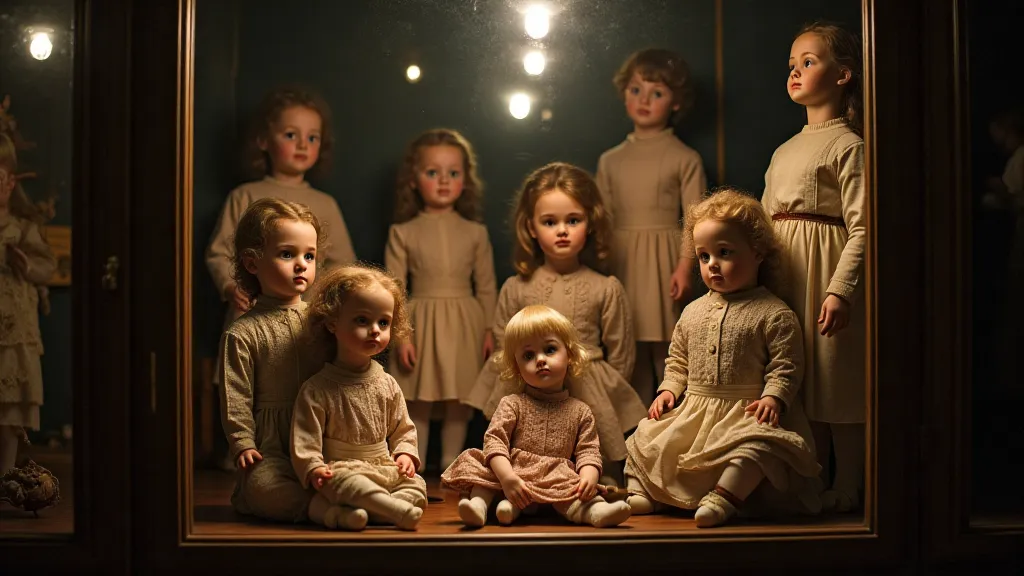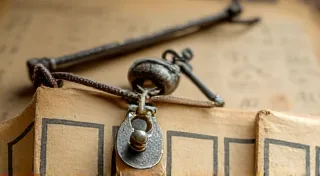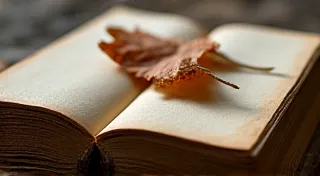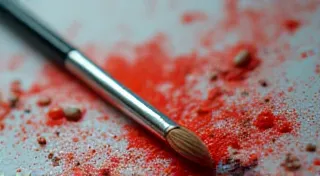The Artist's Muse: How Antique Dolls Inspired Creativity and Expression
They stand, frozen in time, porcelain faces gazing with an unnerving stillness. Antique dolls. More than just toys, they are miniature monuments to a bygone era, embodiments of Victorian ideals, and surprisingly, a powerful source of inspiration for artists across disciplines. While children delighted in their companionship, artists found within them an avenue for exploring themes of beauty, loss, innocence, and the very nature of representation.
My own fascination began with a single doll, a French bébé named Elodie, discovered at a local antique shop years ago. Her painted eyes, faded but still vibrant, seemed to hold a silent story, a whisper of a life lived before she found her way into my hands. It wasn’t her monetary value that drew me, but the sense of history, the possibility of understanding the hands that crafted her and the child who once cherished her.
A Reflection of Victorian Ideals
The Victorian era, a period of rapid industrialization and shifting social norms, profoundly shaped the world of antique dolls. Doll manufacturing blossomed, moving from handcrafted, one-of-a-kind treasures to mass production. Manufacturers like Jumeau, Bru, and Kestner became household names, their dolls embodying the prevailing aesthetic – a delicate beauty that prioritized large, expressive eyes, full lips, and an overall air of refined innocence. These weren’t meant to be robust playthings; they were cherished possessions, often dressed in miniature versions of fashionable clothing and treated as members of the family. This elevated status cemented their place within artistic circles.
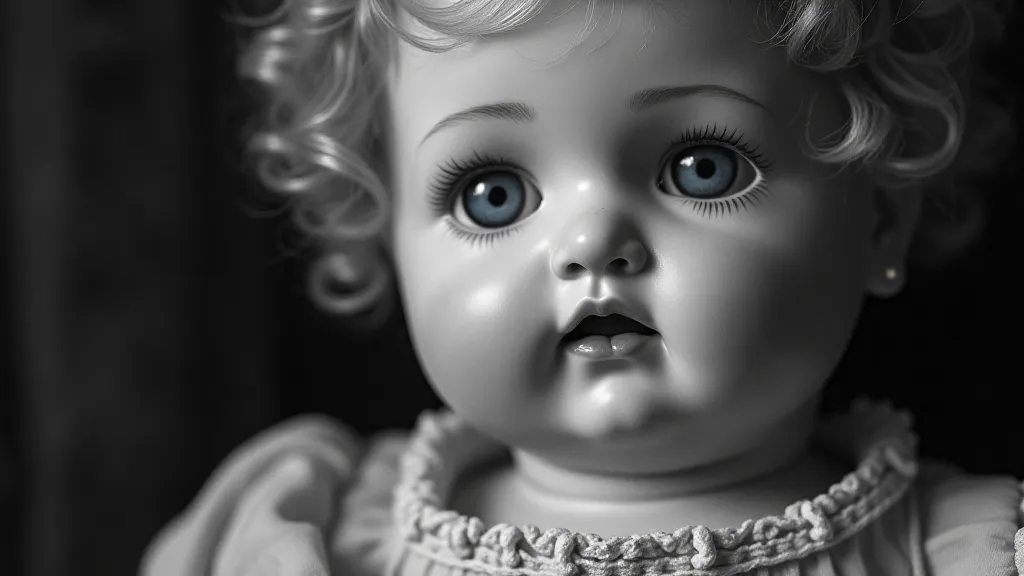
Consider the Pre-Raphaelite movement. These artists, rejecting the industrialization and academic conventions of their time, sought inspiration in medieval art and literature. They valued beauty, detail, and a sense of idealized naturalism. The delicate features and poised elegance of dolls perfectly aligned with their artistic vision. While direct artistic depictions of dolls aren’t as common as portraits of humans, the influence is undeniable. The soft lighting, attention to detail, and portrayal of idealized femininity present in works by artists like Dante Gabriel Rossetti and John Everett Millais are echoes of the aesthetic sensibilities surrounding these treasured toys.
Dolls as Subjects and Symbols
While sometimes subtle, the presence of antique dolls within artistic representations is surprisingly varied. They appear in paintings, often as symbolic representations of childhood, loss, or the passage of time. Photographers, too, have been drawn to their haunting beauty. The stillness of the dolls allows for a level of composition and control rarely achievable with live subjects. The cracked porcelain, the faded silk, the slight imperfections – all contribute to a narrative of fragility and the fleeting nature of beauty.
Think of the works of contemporary photographers like Elinor Carucci, who often incorporates vintage dolls into her staged scenes, blurring the lines between reality and illusion. They’re not merely props; they become integral parts of her exploration of family dynamics, memory, and the complexities of human connection.
The Craftsmanship - A Silent Language
Examining antique dolls isn’t just about appreciating their visual appeal; it’s about understanding the artistry and skill that went into their creation. The intricate detailing of the bisque (a type of fired clay) faces, the careful stitching of the silk dresses, the delicate painting of the tiny shoes – these were the hallmarks of master craftsmanship. Each doll is a testament to the dedication of the artisans who devoted countless hours to their creation.
The early dolls, often handmade with painstaking detail, are particularly prized by collectors. The quality of the bisque varies greatly; a well-fired bisque possesses a smooth, almost translucent quality, while a poorly fired piece can be coarse and porous. This attention to detail, once a source of pride for the manufacturers, is now a crucial element in assessing a doll's value and appreciating its history.
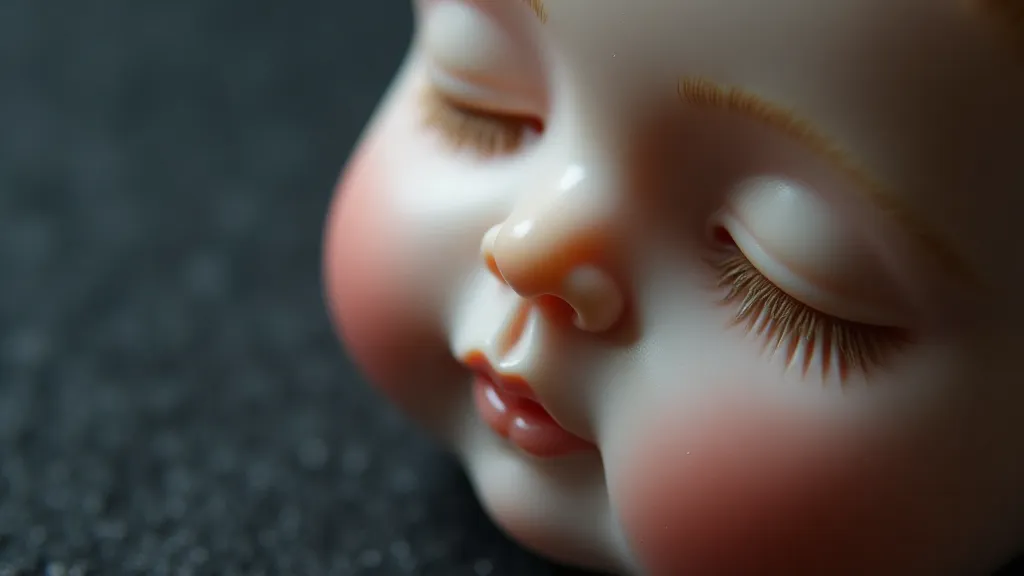
Even a slight crack or chip in a doll’s face can tell a story – a fall from a shelf, a treasured possession handled by generations of children, the passage of time etched onto a fragile form. These imperfections aren’t flaws; they are marks of history, adding to the doll’s unique charm and character. Restoration, while sometimes necessary, should be approached with caution. The goal is to preserve the doll's integrity, not to erase its past.
Beyond the Physical Form
The influence of antique dolls extends beyond their visual representation. They’re often used as metaphors in literature and poetry, symbolizing innocence, vulnerability, and the loss of childhood. Their stillness can also represent a sense of detachment or alienation. The very act of collecting antique dolls, for some, becomes a way of preserving history, connecting with the past, and finding solace in the beauty of bygone eras.
My own collection, though modest, is a constant source of fascination. Each doll I acquire is more than just an object; it’s a gateway to another time, a connection to the hands that created it and the lives it touched. They remind me of the importance of preserving beauty, appreciating craftsmanship, and finding inspiration in the unexpected places. They are, indeed, the artist's muse, whispering tales of a world long gone.
